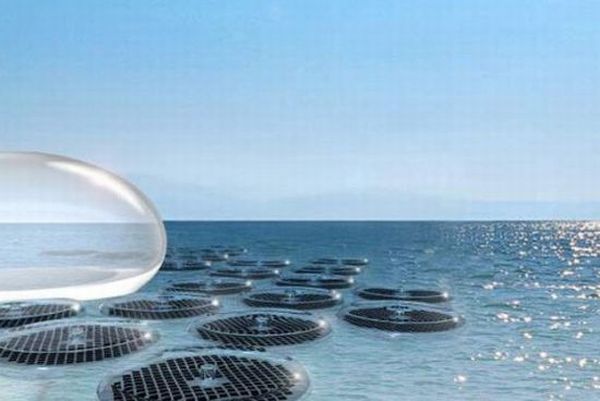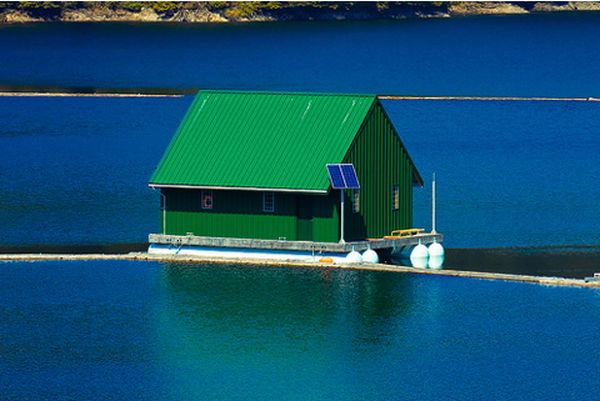Contrary to the common perception, the use of water to produce energy is older than we all think. One of the first uses of hydropower was in Ancient Greece in 250BC, where the local population used the energy of flowing water to grind grand. Although they were not able to generate any electrons from the process, they knew that the force of flowing water can be used to do a variety of things. When the energy revolution started, hydropower took the driver’s seat as it offered, clean, cheap and reliable electricity without causing any pollution in the process.
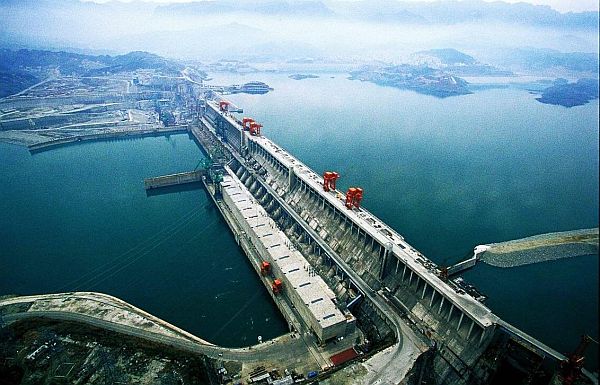
When we first think of hydropower, large-scale power plants such as The Three Gorges Dam, comes into our mind. The world’s largest hydroelectric power station in China has an installed capacity of a whopping 22.5GW of power, which can put even the biggest nuclear power plant to shame. This is the reason why countries with no shortage of fresh water rivers are gearing up to produce clean energy by way of water to ensure energy independence in the future. Here are a few reasons that make hydroelectricity one of the best renewable energy generating options for the future:
1) It is clean:
Unlike coal-fired power plants, which emit thousands of tons of toxic CO2 and other gases into the atmosphere, hydroelectric power plants rely only on the force of flowing water to turn turbines and generate electricity. Hence, the entire process is essentially zero-emission, if we don’t count the construction of the dam.

2) It is cheap:
Hydroelectricity is by far the cheapest way to generate clean energy as it doesn’t require expensive nuclear fuel of coal to carry operations. A hydroelectric dam is basically a reservoir that only has to be constructed once and the flow of the river does the rest.
3) Domestic Energy:
Conventionally countries have to rely on fuel imports, such as coal and diesel, to run their electricity generating plants. Since more and more countries are today looking to achieve energy independence, the best way to achieve the goal is by using the power of water.
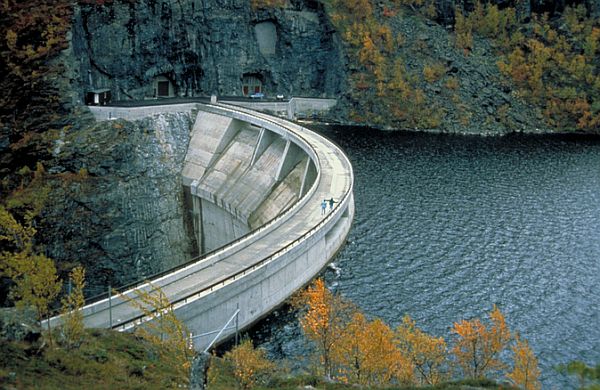
4) Doesn’t depend on climate:
Unlike solar and wind energy, the generation of hydroelectricity doesn’t depend on climate conditions and a hydropower installation can hence, produce electricity on a round the clock basis. Yes, these dams are susceptible to silt and have to close operations or reduce energy generation in such times, these occurrences aren’t as frequent as solar and wind generation outages.
5) Additional benefits:
Apart from their energy generating potential, hydropower also produces a number of additional benefits, which include flood control, water supply for irrigation and creation of recreational opportunities in the reservoir, which boost tourism and hence the economy.
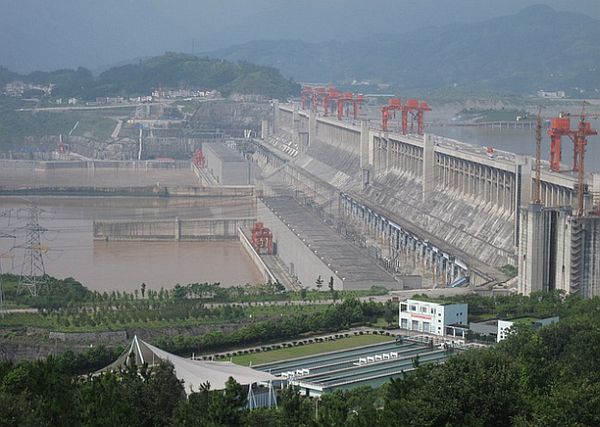
Some Concerns:
Hydropower, like all other sources of energy, isn’t perfect and has a variety of problems. One of the most cited issues is the disturbance of habitat. As mentioned previously, dams require a reservoir and hence, communities in the immediate vicinity of the dam site have to be flooded and local population is asked to relocate. Moreover, the upfront cost of building a hydroelectric project is immense and hence, not all countries and governments can afford building a large-scale hydroelectric projects. Further, since hydroelectric power plants can only be set up in places with large rivers and ample rain, they won’t work in dry areas of the world, which quite interestingly need electricity the most.
Environmental Impact:
The environmental impact of hydroelectric projects is debatable and some researchers opine that the life cycle emissions of generating electricity in a hydroelectric plant average at around 0.5 pounds for every kilowatt-hour of electricity. This is mainly due to the decomposition of soil and plant life in the area that has been flooded to create the reservoir.



